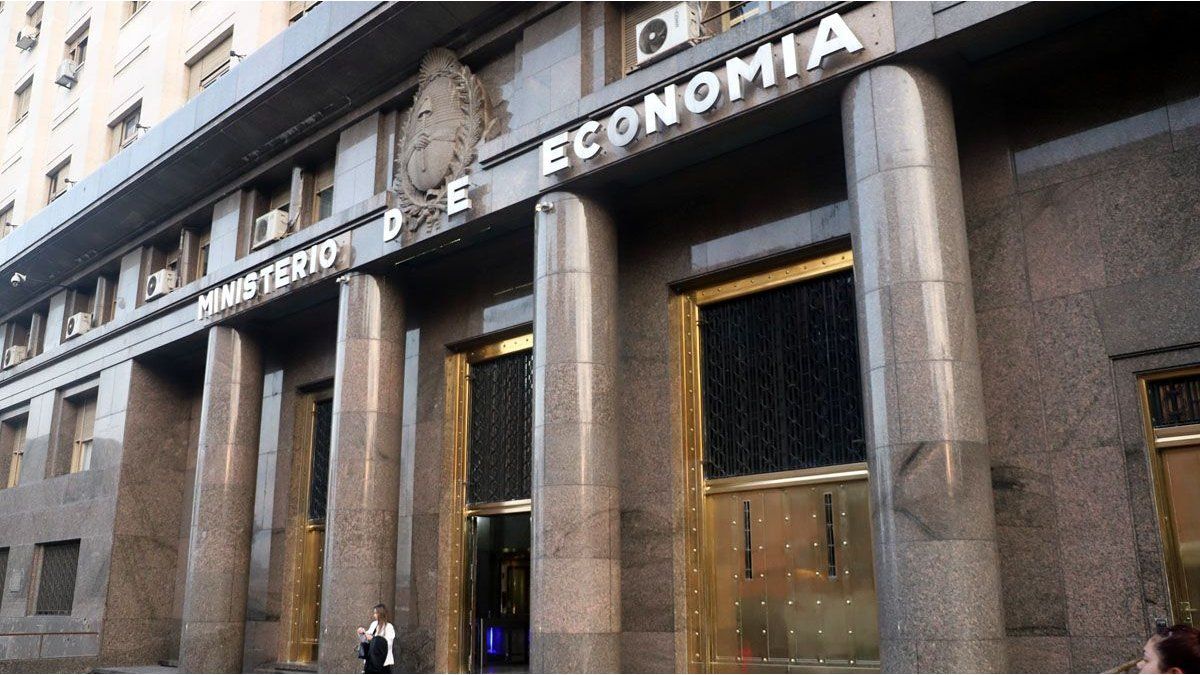The latest price survey from the consultant Alphacast high-frequency data for the week that ended last Tuesday brought quite encouraging news about the future of inflation, since It measured deflation, that is, prices fell from one week to the next, both for the general measurement and the core or underlying measurement.
So, on the official side – the latest data showed that the wholesale inflation fell from 10.2% to 5.4% in March– and according to private measurements, both are in line with the economic team’s vision that there are more and more signs that would indicate a faster than expected inflationary deceleration.
When analyzing the Alphacast measurement, it is observed that Inflation fell 0.8% weekly compared to a 0.5% rise the previous week, while core inflation fell 1.8% when the previous week showed an increase of 0.4%. Although it is the first time that there has been weekly deflation since October 2021, the most relevant thing is that both measures moved at the slowest pace on record -March 2013-. “Regarding general inflation, we are not sure that the retraction of the increase in prepaid has had an impact, given that regulated inflation rose 0.5% weekly”, notes PPI. In any case, the 1.3% seasonal increase prevented it from slowing down even further.
Based on the consulting firm’s numbers, the drop in prices would be widespread in both tradable and non-tradable goods (food -2.4%, dollarized -1.5% and non-dollarized -3.2%). So, They went from measuring more than 90% of prices rising above 10% weekly between December and February to 25% of them falling and more than 50% rising less than 1%.
When considering these variations, the four-week moving average, a proxy for inflation measured by INDECalso shows signs of collapse, since the general fell from 8.9% to 7.6%, this is the lowest pace since mid-October 2023, while the underlying fell from 5.5% to 3.3 %, the lowest since the end of January 2022 (3%). “The difference between both measures is explained by the fact that the first continues to reflect the sharp increase in gas rates in the first week of April (regulated +25.6% weekly)”, explains PPI.
With a few days left to close April, the month is practically played, even – the manager points out – with general inflation accelerating to 1% weekly, The CPI would oscillate around 7.5%, while if the core resumes its average pace of the previous four weeks (0.6%), it could be around 1.3%. It would seem that Such a slowdown is not discounted even by the BCRA itself, since based on the presentation of Vice President Vladimir Werning in Washington in front of investors, in The monetary policy projected inflation to fall to 9% in April, with core inflation falling to 6%.
For its part, The four-week peak variation, which gives an approximate glimpse of what May would look like, also shows a significant slowdown, which in the case of the core, fell 0.1% compared to 2.4% the previous week – reaching the third lowest record in the series – while the general went from 8.2% to 6.2%, the lowest pace since October 2023 (5.8%). “These numbers anticipate that the BCRA projection could have become old. It should be remembered that I expected the general to slow down to 5.8% in May, with the core falling to 5.5%”, notes PPI.
Inflation: what would the path forward look like?
Now, what would the path forward be like?, the analysts of 1816 ask. “Up to this point, the results of the Government’s strategy – of fiscal orthodoxy and heterodoxy, or monetary pragmatism – are eloquent and undeniable, but it is inevitable ask questions about the decision to maintain the pace of the monthly devaluation (crawling peg) below inflation and continue delaying the real exchange rate. An acceleration of the crawl would undoubtedly go against disinflation, and in its presentation for global investors, the Central Bank gave the signal that it is looking for a way out of the labyrinth of the nominal race devaluation- inflation- exchange rate delay- devaluation“, they point out.
They explain that the BCRA emphasizes in its diagnosis that during recent years Business margins grew as a precautionary behavior in the face of the changing regulatory framework and, in some sectors, as a result of protectionism.
They highlight that in Werning’s presentation the growth of margins was illustrated with a table showing the evolution of relative prices in different sectors and It would give the impression that the objective is for them to shrink naturally as a consequence of the micro reforms, consolidating the disinflation process at the macro level.
But they warn that this path is not without risks: The future exchange rate unification and the eventual recovery of consumption are phenomena that could hinder (or at least slow down) the incipient disinflation.
Source: Ambito
I am a 24-year-old writer and journalist who has been working in the news industry for the past two years. I write primarily about market news, so if you’re looking for insights into what’s going on in the stock market or economic indicators, you’ve come to the right place. I also dabble in writing articles on lifestyle trends and pop culture news.




